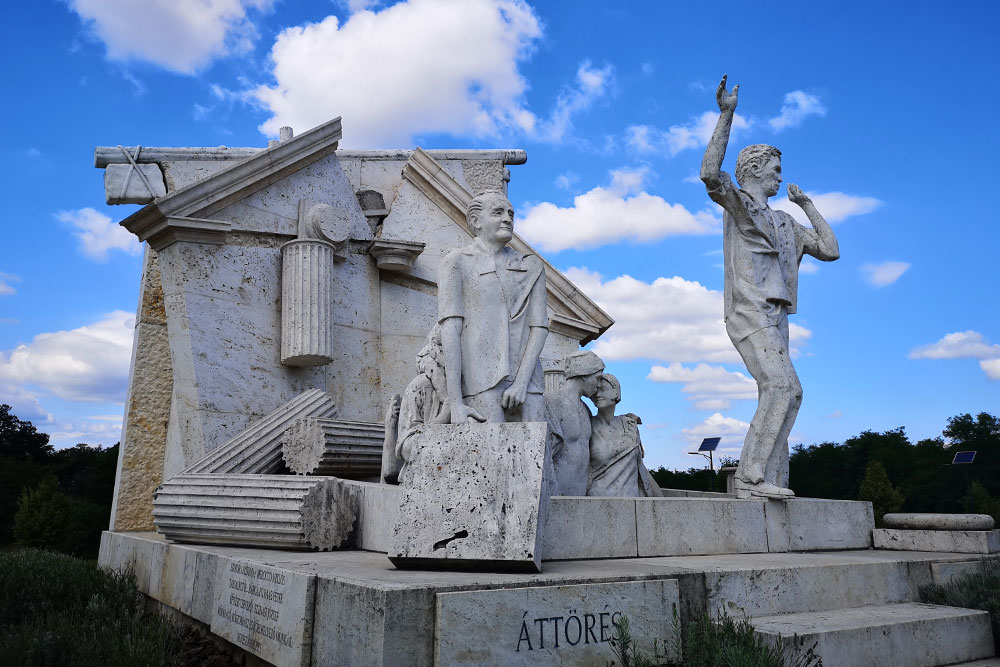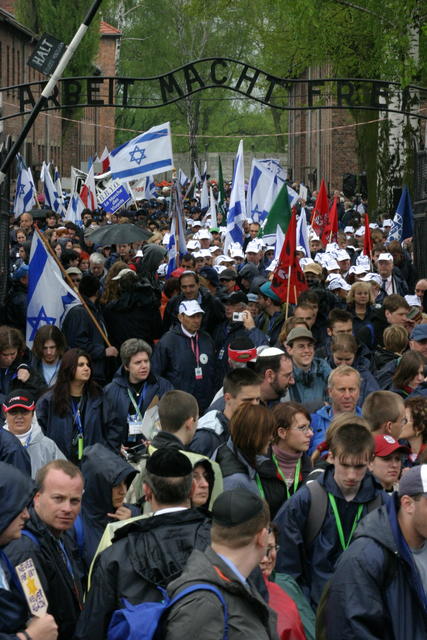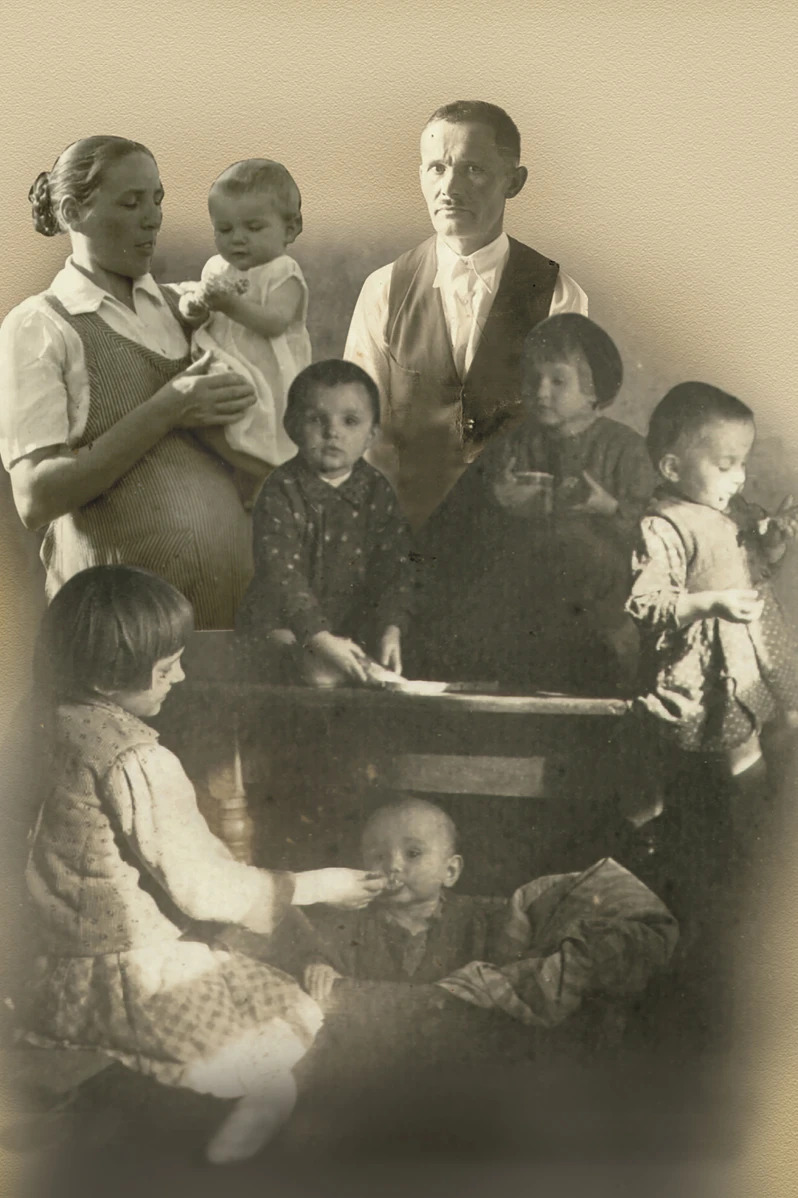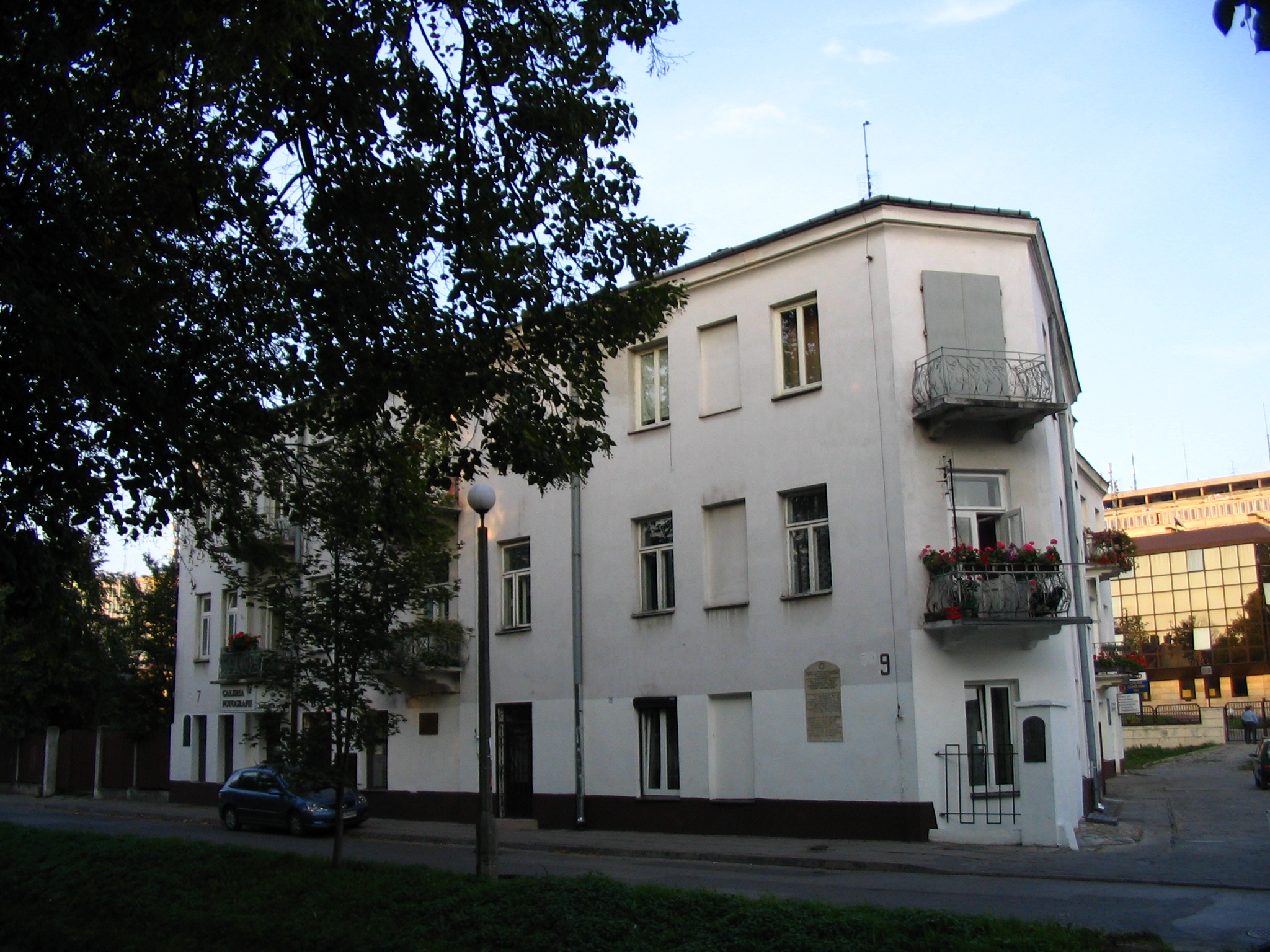Pan-European Picnic – Fertőrákos
Fact of the Hungarian figure „Reburial of Imre Nagy (Heroes Square) – 1989”
Part of the „Dreaming about the democracy” topic
In the summer of 1989, Lake Balaton became a key meeting point for families separated by the Iron Curtain, particularly for Germans from the German Democratic Republic (GDR) and the Federal Republic of Germany (West Germany). Many GDR citizens, while vacationing in Hungary, refused to return home, seeking instead to cross into Austria and ultimately reach the West. By May 1989, a significant number of East German refugees had begun camping in the courtyard of the West German embassy in Budapest and in surrounding areas, demanding safe passage to the West.
As Hungary’s communist regime sought to improve ties with West Germany, the Hungarian government started to relax its border restrictions. This culminated in a symbolic and decisive event known as the Pan-European Picnic, held on August 19, 1989. Organized by Hungarian opposition groups and reformers, the event aimed to promote European unity and was patronized by Ottó von Habsburg, president of the Pan-European Union. During the picnic, a section of the Hungarian-Austrian border was briefly opened, allowing hundreds of GDR refugees to cross into Austria. This moment marked a turning point in the collapse of the Iron Curtain, as it was one of the first large-scale defections from the Eastern Bloc.
The Pan-European Picnic is closely linked to Hungary’s broader role in the democratic transition of 1989, which saw the country move away from its communist past. As of September 1989, Hungary officially introduced a new border regime, allowing all GDR citizens to cross freely. This led to the crossing of tens of thousands of East Germans into Austria, contributing directly to the fall of the Berlin Wall just a few months later.
These events were part of a larger European movement for freedom and democracy, which also included the reburial of Imre Nagy in June 1989. Nagy, the executed leader of the 1956 Hungarian Revolution, was reinterred in a massive public ceremony that symbolized Hungary’s break with its communist past. The reburial, held at Heroes’ Square in Budapest, was attended by tens of thousands of people and was a profound expression of the Hungarian people’s desire for political change and democratic reform.
The Pan-European Picnic, in particular, played a pivotal role in dismantling the physical and ideological barriers that had divided Europe since World War II. By allowing East Germans to cross into Austria, Hungary showed the world that the Iron Curtain could be breached peacefully. This act of defiance against the communist system resonated across Central Europe, contributing to the reunification of Germany and the eventual integration of former Eastern Bloc countries into a democratic Europe. Today, the Pan-European Picnic Memorial Park near Fertőrákos serves as a testament to this historic event, symbolizing the hope and courage that fueled the revolutions of 1989.





